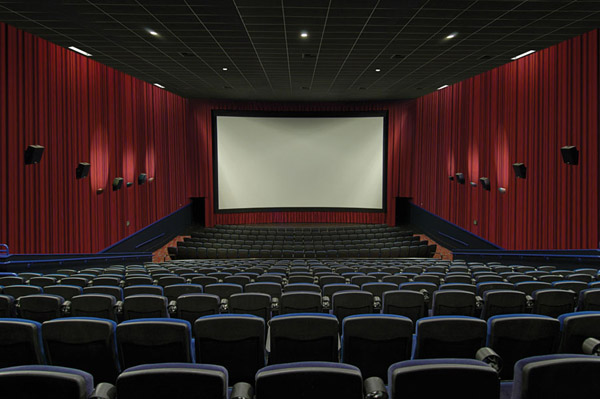Richard (Matt Smith) and his wife Jules (Morfydd Clark) have moved to a rural home in Starve Acre. Richard grew up there and wanted to give his son Owen (Arthur Shaw) a good upbringing. At first, things seem to be going well, but that quickly takes a turn. Owen begins to act strangely. He’s complaining about hearing whistling from someone named Jack Grey. As time goes on, his behavior becomes more erratic. Richard and Jules don’t know what to do but worry that a catastrophe is around the corner.
 Sure enough, disaster strikes. Harrie (Erin Richards), Jules’s sister, comes to stay with the family – hoping to be there for her sister. Jules falls deeper and deeper into depression. Richard on the other hand begins secluding himself. Lashing out at those around him, especially their pesky neighbor Gordon (Sean Gilder). Both Richard and Jules begin to lose their grasp on rationality. Jules, desperate for something to ease the pain, participates in a ritual. Richard gets pulled towards digging in the backyard, searching for something unknown. As the two spiral further, there is no telling what lies at the end of the rabbit hole.
Sure enough, disaster strikes. Harrie (Erin Richards), Jules’s sister, comes to stay with the family – hoping to be there for her sister. Jules falls deeper and deeper into depression. Richard on the other hand begins secluding himself. Lashing out at those around him, especially their pesky neighbor Gordon (Sean Gilder). Both Richard and Jules begin to lose their grasp on rationality. Jules, desperate for something to ease the pain, participates in a ritual. Richard gets pulled towards digging in the backyard, searching for something unknown. As the two spiral further, there is no telling what lies at the end of the rabbit hole.
 Daniel Kokotajlo both directed and wrote the screenplay for the film. The script is based on a novella written by Andrew Michael Hurley. Starve Acre is Kokotajlo’s second feature-length film following 2017’s Apostasy. Kokotajlo also served in the same dual capacity for Apostasy as well as a handful of short films. Kokotajlo dives into old British lore and uses several old gothic films as inspiration for Starve Acre. The source material seems to resonate with the cast. Smith and Clark both bring their ‘A’ games, fully embracing the pain and despair of their characters. So much of the film rests on Smith and Clark’s shoulders and they rise to the challenge.
Daniel Kokotajlo both directed and wrote the screenplay for the film. The script is based on a novella written by Andrew Michael Hurley. Starve Acre is Kokotajlo’s second feature-length film following 2017’s Apostasy. Kokotajlo also served in the same dual capacity for Apostasy as well as a handful of short films. Kokotajlo dives into old British lore and uses several old gothic films as inspiration for Starve Acre. The source material seems to resonate with the cast. Smith and Clark both bring their ‘A’ games, fully embracing the pain and despair of their characters. So much of the film rests on Smith and Clark’s shoulders and they rise to the challenge.
 Kokotajlo successfully creates an eerie and unsettling atmosphere. He employs a slow, shifting camera, and manipulates focus – drawing the audience’s eyes to specific areas. Throughout the film vast English landscapes are highlighted, accentuating the family’s isolation. Every sound — dialogue, footsteps — seem to have an echo only further emphasizing the immense emptiness around them. The old rustic farmhouse becomes the ideal setting for horror. These shots coupled with haunting and ominous tones have a powerful impact and help draw the audience into the film. While Kokotajlo pushes some of the right buttons, primarily with haunting visuals, Starve Acre begins to drag. The film is the classic slow burn; however, the payoff is not worth the wait.
Kokotajlo successfully creates an eerie and unsettling atmosphere. He employs a slow, shifting camera, and manipulates focus – drawing the audience’s eyes to specific areas. Throughout the film vast English landscapes are highlighted, accentuating the family’s isolation. Every sound — dialogue, footsteps — seem to have an echo only further emphasizing the immense emptiness around them. The old rustic farmhouse becomes the ideal setting for horror. These shots coupled with haunting and ominous tones have a powerful impact and help draw the audience into the film. While Kokotajlo pushes some of the right buttons, primarily with haunting visuals, Starve Acre begins to drag. The film is the classic slow burn; however, the payoff is not worth the wait.
Starve Acre is open now in theaters and VOD.








